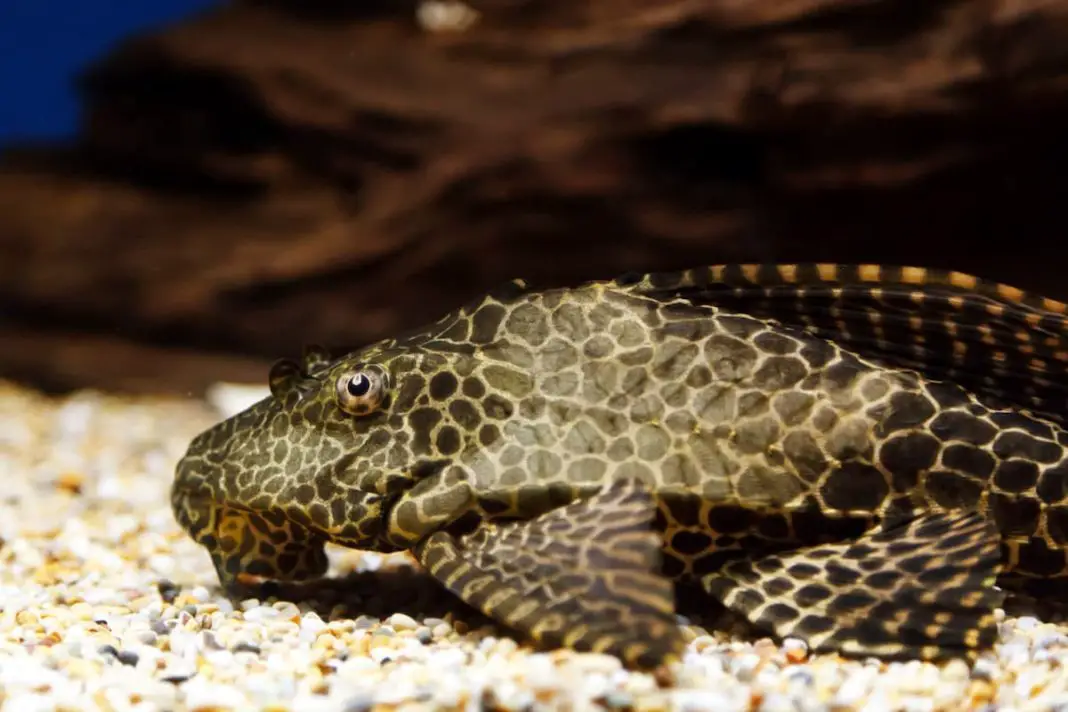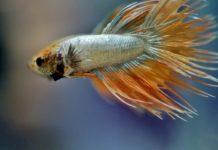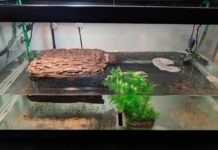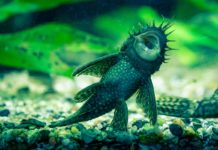How To Tell If Your Pleco Is Happy (Quick Guide)
Just like all fish plecos don’t smile, even though it may seem like it when you see them attached to the glass as they eat the tank’s algae. They can’t laugh, even though you wish you could hear them if they did. So how to tell if your pleco is happy?
Just like being able to identify whether your pleco has any friends or foes in a tank is really a matter of knowing the behavior of your pleco.
Generally speaking, the following are some of the ways you can tell if your pleco is happy.
Are you providing your pleco with a proper playground, full of natural or artificial plants, rock, and gravel? If your fish tank is boring to you, it’s probably boring to the fish inside. Keep in mind that having items such as live plants in your tank serves as a natural filter as well, so it will keep your pleco and the rest of the tank healthier.
As different types of fish have different characteristics. Catfish like plecos more or less hover around different areas of the tank, usually around the bottom or on the glass, searching for food.
Being able to tell if your pleco is happy really depends on a combination of what you should expect from a healthy pleco. Is your pleco behaving as they usually do? Do they seem active? Do they look healthy? Are they being bothered by other fish in the tank? If so, it’s highly likely that they’re doing fine, and it’s all due to your loving care and attention.
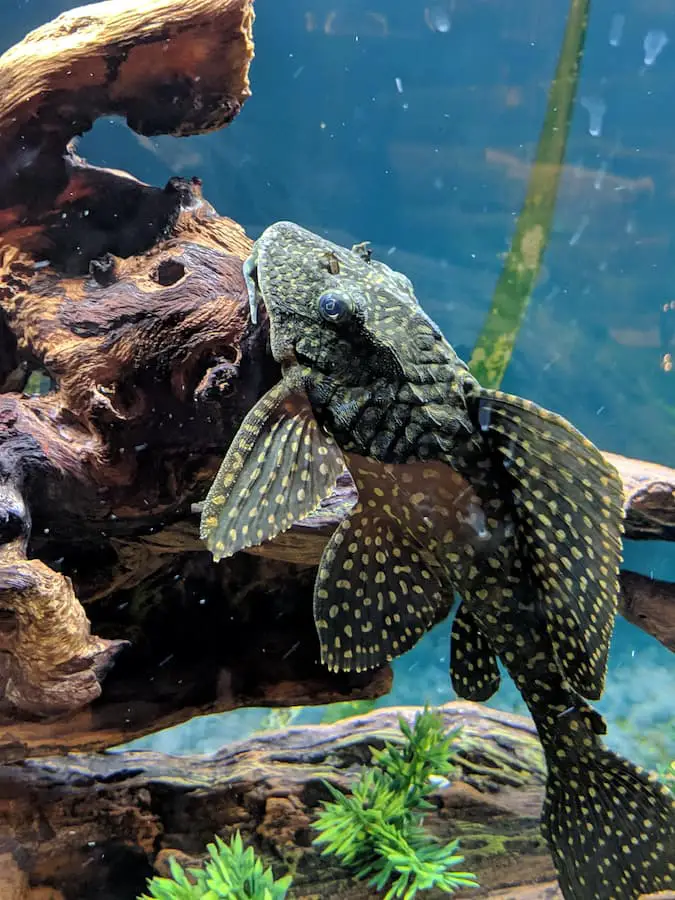
What Does A Happy Pleco Need?
All plecos prefer strong water movement, so it’s recommended to use internal or external power filters or even wave-making pumps to create powerful currents in the tank. The sucker-mouths on a pleco help them to hold on to rocks when they’re in strong water flow in the wild.
Plecos like a tank that has gravel, smooth rocks and wood, along with an arrange of decor to make caves. You can make handmade caves or pipes for plecos, so they can be used to create even more hideaways. Lots of plecos use tight-fitting hollows as breeding areas in the wild. By providing more caves than plecos should discourage any squabbling.
Although live plants are better for aquariums, plecos are known to eat them or uproot them with their stiff, armoured bodies and spiny pectoral fins, if things become a little cramped. Artificial plants can also be added and the plecos should help to keep them free of algae. If you really prefer to have live plants, choose tough Anubias or Microsorum – two plant species that also do better with a strong water flow. When it comes to tank lighting, it should be subdued as plecos are more likely to come out in the dark, and a tank that’s lit by just enough LED spotlights can look particularly effective.
What Should You Feed A pleco?
Plecos must be fed in their own right and shouldn’t be left to feed solely off scraps left by other fish, algae, or even fish droppings. Plecos should be fed sinking catfish food, which is made for sucker-mouthed catfish. If other fish within the tank keep stealing the food, you should feed the other fish first, so they shouldn’t go after the food given to plecos. You can also try dropping the plecos food to the bottom down a pipe or even placing it in a length of pipe on the substrate where the plecos can access the food. As plecos come out at night, they prefer to scavage at night so try dropping in some tablet foods, large pellets or algae wafers once the lights go out. Although they’re known for eating algae, eating algae alone is not enough to sustain them.
Can You Feed A Pleco Anything Other Than Waffers?
Plecos tend to eat anything so long as it’s high-quality and plant-based, it will suit your pleco fine.
Inside of these parameters, their diet is quite flexible. They can be fed different kinds of greens, from cucumber to romaine lettuce, that’ll provide your pleco with a tasty snack packed full of nutrients. (Keep in mind that any leftovers should be removed within a day of feeding.)
Equally, a sinking pellet that’s plant-based like spirulina works just fine as an all-rounder.
Plecos require a large amount of fiber in their diets to remain healthy. Some natural driftwood can make for an excellent source of fiber and is useful to keep in the tank as a backup option. Although, if you’re giving your pleco a regular supply of vegetables, then they should be getting enough.
And of course, plecos are big lovers of algae, too. Algae comprise a large part of their diets. You can provide algae wafers, although these shouldn’t be solely relied upon.
What Are The Best Aquarium Mates For Plecos
Plecos are peaceful and can be kept with community fish, ideally similar in size; Unless your tank is huge, you should only keep one pleco per tank. Plecos can live harmoniously with bettas, mollies, guppies, loaches and platies. Plecos may not do well when housed with larger, more aggressive species such as angelfish or cichlids unless the pleco is of a more substantial size.
Signs Of A Healthy Pleco Include:
- Clear eyes
- It stays on or near the bottom of the aquarium
- Eats vigorously
- Attaches itself to the side of the tank or décor
Some Red Flags To Watch Out For Include:
- Loss of color
- Spots or fungus on the body or mouth
- Cloudy eyes
- Frayed fins
- Sunken abdomen
- Bloated appearance

